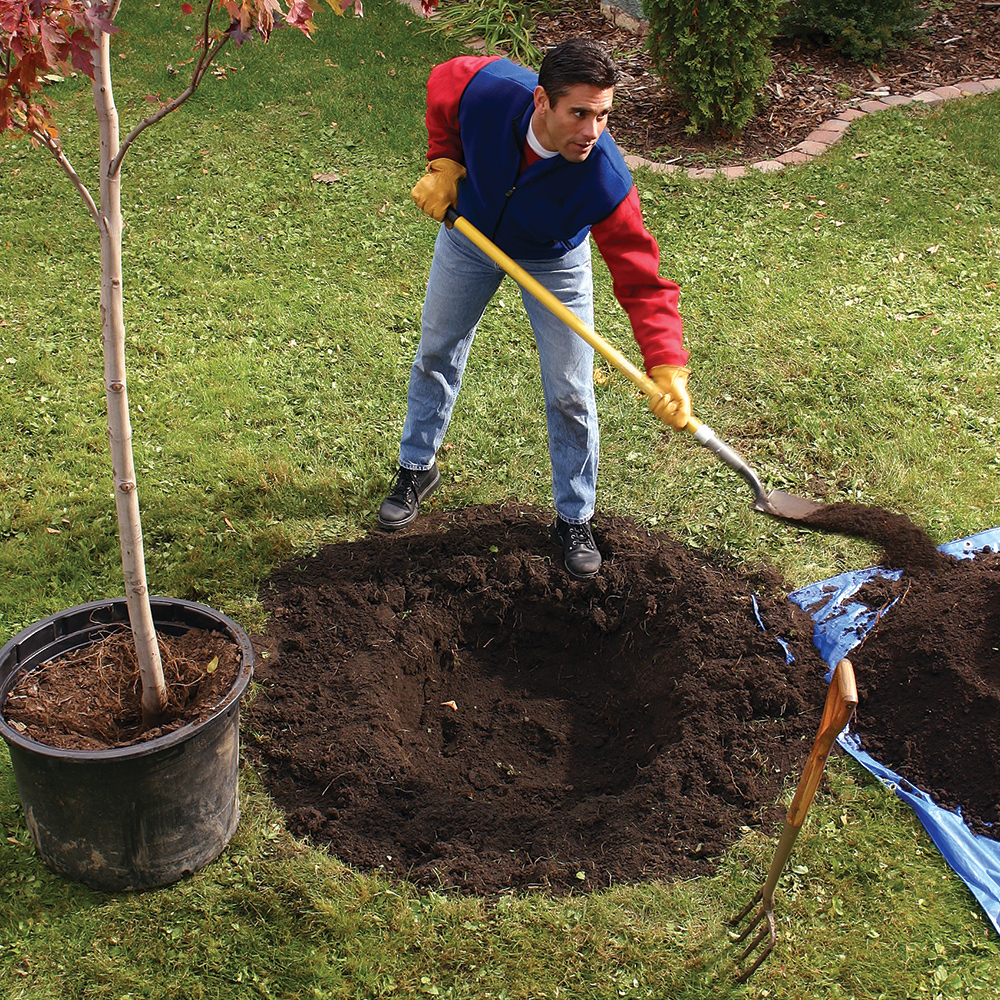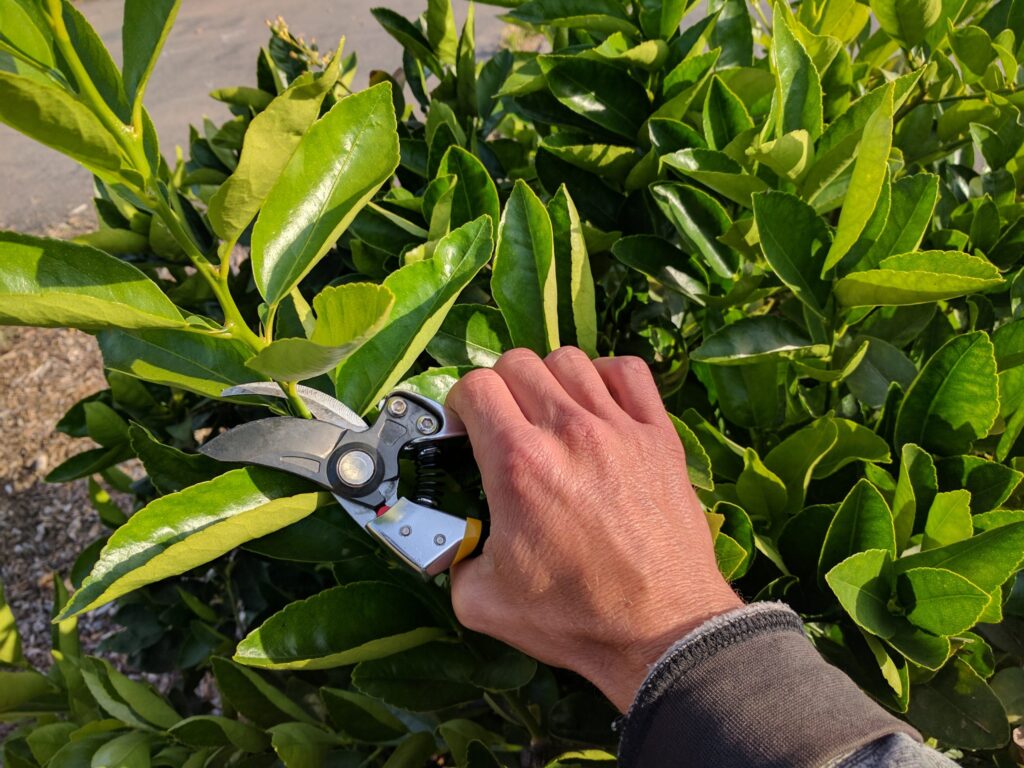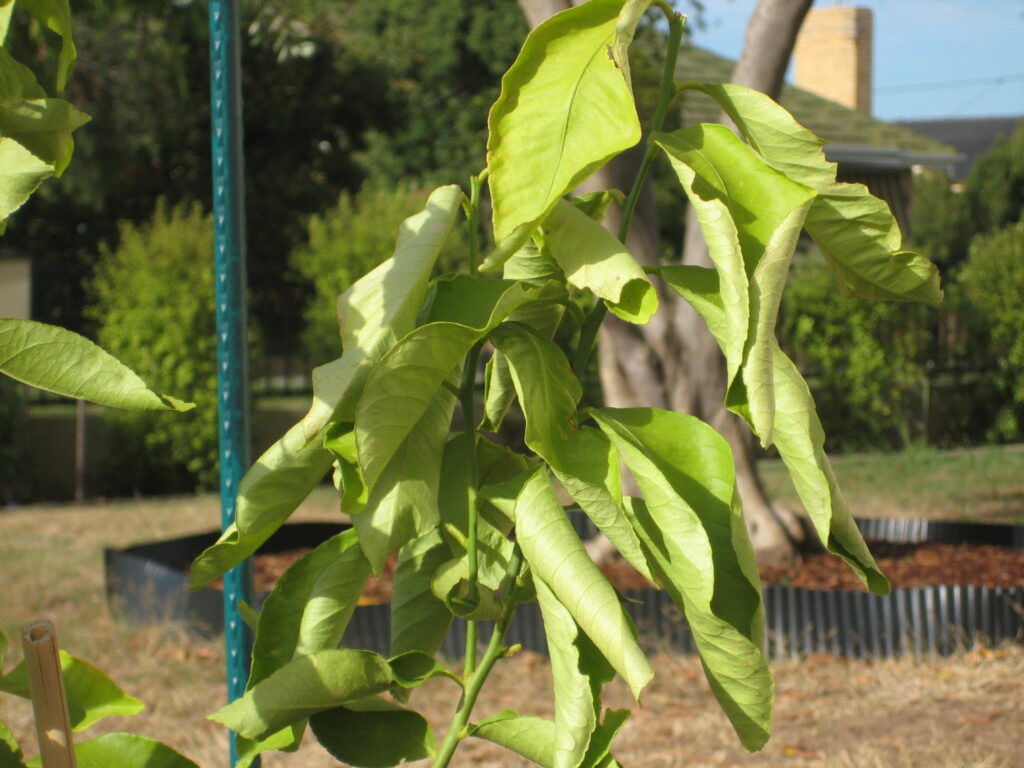Transplanting a lime tree is very delicate, so you need to be sure that it is the right time of the year to do the exercise.
For a lime tree to bear you plenty of fruits in a specific period of 3-4years, you will have to give it good care to keep healthy and enhance proper growth.
Most lime trees are usually grown in pots by home growers. A time comes when they outgrow the containers.
Sometimes a lime tree might not be getting enough sunlight because there is a mature vegetation around it. So the end result is transplanting the lime trees.
When to transplant a lime tree?
The transplant can be done once a year for smaller lime trees in pots, but you need to choose a container with adequate drainage. If you want to move the lime tree into a garden, you need to give it primary care.
The best time to transplant a lime tree is spring because it will have some sunlight to support its growth.
Lime trees grow well in a warm temperatures, and they love sunlight. But if you plant a dwarf lime tree in a harsh weather condition, it will get damaged because of the lack of full sun.
A cold temperature destroys the lime tree so much because of the frost. That is why it is always advisable to plant the tree in late spring or summer.
How to transplant a lime tree
A lime tree produces green fruits rich in Vitamin C, and you can use them for flavoring drinks and foods.
Transplanting a lime tree is easy if you do it correctly. Since a lime tree is cold-sensitive, you need to do the transplant at the right time and that is during the early spring.
Consider a proper location for your lime and ensure that the place is on the south side of your structure, especially if your area always freezes.
When you plan to transfer the lime tree, you need to consider a place with full sun, sandy, loamy soil, and an area with good drainage.
Steps on how to transplant a lime tree
1. Choose the new location when transplanting a lime tree

Are you going to put the tree in a bigger container or have a garden in the backyard where you can set the lime tree?
If it’s a container, it has to be two times wider than where the lime tree was before.
Having a wider pot helps the roots to have more room to grow. The transplant container should have drain holes under it for proper aeration, and the place should be sunny.
2. Clear the area before transplanting a lime tree
If you are putting the lime tree on bare ground, clear the area of all stones or plants to have clear soil and avoid shading the trees where there are other trees.
You can use a hoe and rake during the clearing process.
3. Wrap the branches
Before transplanting a lime tree, cover the branches because wrapping them helps to avoid any damage during the moving process.
4. Dig a small hole in the ground

Use a flat gardening spade, which will help you properly transplant the tree. The spade help to create more sweeping corners that prevent the roots from growing in corners. The spade helps create a wider hole.
5. Transplant a lime tree in good soils
Make sure you have fertile soils so you need to add rich organic matter to it. Use fertilizers to help in proper growth of the lime tree.
You don’t need a lot of it, to put 1-3 inches. You can transplant the lime tree with it’s already existing soil to the new hole.
6. Prune off a few tall branches

Cut off branches of about 4-5 inches tall because the lime tree needs to focus on root development and feed growth.
7. Water the lime tree
Watering a lime tree is a must, so do it at least once a week.
Make sure you do not miss watering immediately after transplanting a lime tree and every week to keep it healthy.
Watering will help the leaves not to dry but keep fresh.
Lime tree transplant shock

You might think that transplanting a lime tree is straight-forward, but sometimes it can be a tricky process!
If you want to have a successful transplant, you need to plan carefully and avoid the tree transplant shock.
1. Proper climate zone
First of all, you will have to plant the lime tree in a proper climate zone to avoid fatal consequences and damage from cold weather.
2. Avoid transplanting in the cold season
Once you do your transplant in a cold temperature season, your transplant might be unsuccessful.
It’s because the lime tree is ready to go through stress during a transplant, and when you do it in unfavorable climates, it will get shocked.
3. Avoid injuring roots
The primary cause of transplant shock is when the roots get injuries during the moving process .
When you plant the lime tree too shallow and have improper irrigation. The roots will not be safe hence having the shock.
Here are a few symptoms your lime tree is going through transplant shock;
- Yellowing leaves
- Retarded growth
- Premature leaf drop
- Die-back
When a lime tree experiences the above, then you know it is going through a transplant shock.
But the good news is that a lime tree will recover after a few weeks or months if you take care of it properly once you sense its in the transplant shock.
When a lime tree is going through a transplant shock, it might not produce fruits until it recovers.
How do you treat a transplant shock?
1. Check the drainage
When a lime tree has transplant shock symptoms, you need to check the drainage and confirm whether it needs improvement; if it does, then work on it to keep the roots from water logging.
2. Ensure proper watering
Lime trees like moist soils rather than wet soil. You need to provide 1-2 inches of water per week as the tree establishes itself in the new spot.
3. Mulch spread the lime tree
If you are in a drought-prone area, you have to mulch-spread the tree to conserve the moisture to avoid overheating roots.
4. Withhold fertilizing in the first year of growth
It will help if you withhold fertilizers for the first year after planting the lime tree.
Doing this allows the canopy to grow slower than the root system, and the roots will establish themselves from the soil.
How do you prevent a lime tree from getting a transplant shock?
When you choose to transplant your lime tree from one container to another, or from a pot to the yard, it’s suitable for reproducing the tree’s former growing conditions.
If the lime tree is dormant, it might not get a transplant shock.
1. Remove the overgrowing branches
The first thing you need to do is, removing the overgrowing branches to help the roots concentrate on the entire tree.
Once you place the lime tree in the yard or a bigger container, trim off the upper part of the tree to have the percentage of the canopy and roots equal.
2. Put the tree in the sun after transplanting
Secondly, Mark the tree trunk on the faces to make it look on the side of the rising sun.
Doing this will allow the tree to get enough sunlight from the right direction hence preventing transplant shock.
3. Regular watering after transplanting a lime tree
Ensure regular watering as it will help the soil keep moist hence have the leaves not drying up. If you do these, lime tree transplant shock will not happen.
4. Transplant non mature lime trees
You need to avoid transplanting older lime trees as they are in a comfortable spot. Mature lime trees feel habituated to moisture, sunlight, and the soil so its best to move the tree before it overgrows.
5. Dig a non deep hole when transplanting a lime tree to the ground
Please don’t dig an extensive transplant hole around the lime tree’s roots because planting too deep might cause transplant shock.
It will need to move to a place where it is no lower than the previous location. The cores are better off standing scarcely above the soil line than putting them too deep.
How to re-pot a lime tree?
A lime tree will need re-potting after a given period because it is vital to care for it or any other plant. You are helping the lime tree to restore fundamental nutrients that will benefit the tree.
When a lime tree gets new nutrients, it’s fruit production will increase because the plant is growing suitably.
Re-potting also helps to enhance root development hence enabling the lime plant to grow properly and have flowered at the right time.
You can re-pot in the spring before the lime trees start active growth, but you can also do it anytime in the summer so long as you give the tree all the care it needs.
You have to look out for signs to know the lime tree is ready for transplanting since you don’t have to do it every year. You can look at the roots when they are out of the drainage holes or growing around the edge, then you know they no longer have space and need repotting.
Here are the steps you take when re-potting the lime tree;
1. Find a suitable pot
When you re-pot a lime tree, you need to find a bigger container than the previous one and ensure suitable drainage holes to avoid waterlogging.
2. Cover the base of the pot.
While you re-pot a lime tree, you need to cover the container’s bottom with broken pieces to have reasonable drainage. Doing this will help prevent water logging, making the soil moist and suitable for the lime tree’s growth.
3. Choose a suitable potting composite.
Westland Horticulture recommends using the Westland Citrus mix because it contains Seramins granules for optimum water and has more nutrients. The mixture is also rich in loam soil and can retain nutrients that enhance fruit development.
4. Remove the plant and place it into a new pot.
After mixing your composite, you can now transfer the lime tree, but you need to remove any brown roots by cutting them off. Leave the new cores only, and they gently put the tree in the fresh pot.
5. Fill the pot with the potting mix.
Once you place the lime tree into the fresh pot, fill it with more potting mix, ensure the full feeder roots and cover it up to 1 inch of the new blend.
6. Ensure proper watering and place it in a light shade.
Water the plant at least once a week to keep the soil moist and put the pot in a place where there are no trees or other plants that might shield it from accessing sunlight and make it sluggish in its growth.
Final reflection.
When a lime tree is ready for transplanting, you need to know the best time and the steps on how to do the transplant to help avoid a transplant shock.
Frequently Asked Questions
If you need to relocate a lime tree, you can do it in the late fall or early spring when the tree is dormant to reduce transplant shock risks.
Yes, trees recover from transplant shock, but it might take some good time from 2years-5 years before getting rid of the stress symptoms. But if a tree is well taken care of, it can take one year to recover from the transplant shock.
It’s good to trim your lime tree if you see its over-growing, and the branches are not receiving enough sunlight. The tree might also grow where you do not want it to, so you are free to prune it.
Lime fails to fruit when it lacks nutrients, so it refrains from producing fruits. If you do not fertilize the soils where you plant the lime tree, there will not be a boost to the soil levels’ acidity.
Since lime trees are heavy feeders, you need to fertilize the soils not to deplete the soils. Use a composite or a nitrogen-rich fertilizer, and the growth of the lime tree will be proper.
